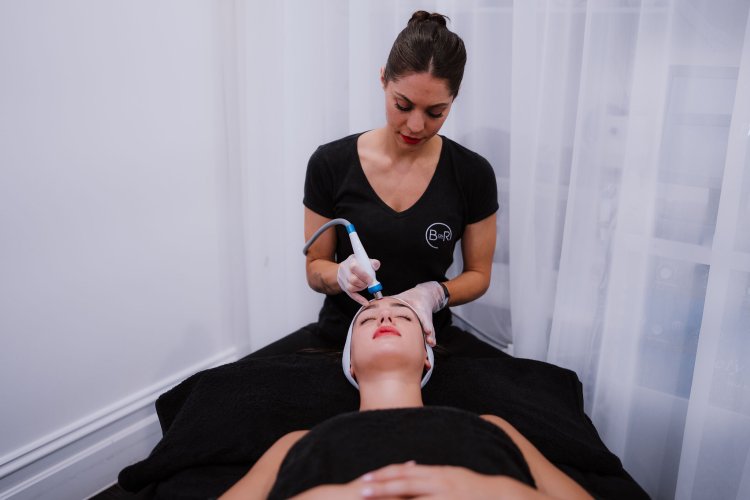The Science Behind Laser Face Facials: How It Works
Share this Post to earn Money ( Upto ₹100 per 1000 Views )

Laser facial treatments, also known as laser skin resurfacing or laser skin rejuvenation, are cosmetic procedures that use concentrated beams of light to improve the appearance and texture of the skin. These treatments are often used to address a variety of skin concerns, including wrinkles, fine lines, sun damage, scars, and uneven skin tone. The science behind laser face facials involves the interaction between laser light and the skin's structures.
Here's how laser facial treatments work:
1. Laser Light Interaction: Different types of lasers are used for facial treatments, each with specific properties that target different skin issues. The laser emits a focused beam of light that penetrates the outermost layer of the skin, known as the epidermis, and reaches the underlying layers, including the dermis.
2. Microthermal Zones: The laser energy creates thousands of tiny, controlled injuries in the skin, referred to as microthermal zones. These micro-injuries are surrounded by unaffected tissue. This process triggers the body's natural healing response, stimulating the production of collagen and elastin, which are essential proteins for maintaining skin elasticity and structure.
3. Collagen Stimulation: Collagen is a protein that gives the skin its firmness and smoothness. As we age, collagen production decreases, leading to the formation of wrinkles and sagging skin. Laser treatments induce controlled damage to the skin, prompting the body to produce new collagen to heal the affected areas. The increased collagen levels can help improve skin texture, reduce the appearance of fine lines and wrinkles, and promote a more youthful appearance.
4. Skin Resurfacing: Depending on the specific laser used, some treatments also involve removing the outermost layer of damaged skin. This process is known as skin resurfacing and helps reveal fresher, healthier skin underneath. The removal of damaged skin can also help with issues like acne scars, sunspots, and uneven pigmentation.








